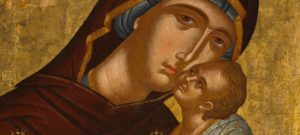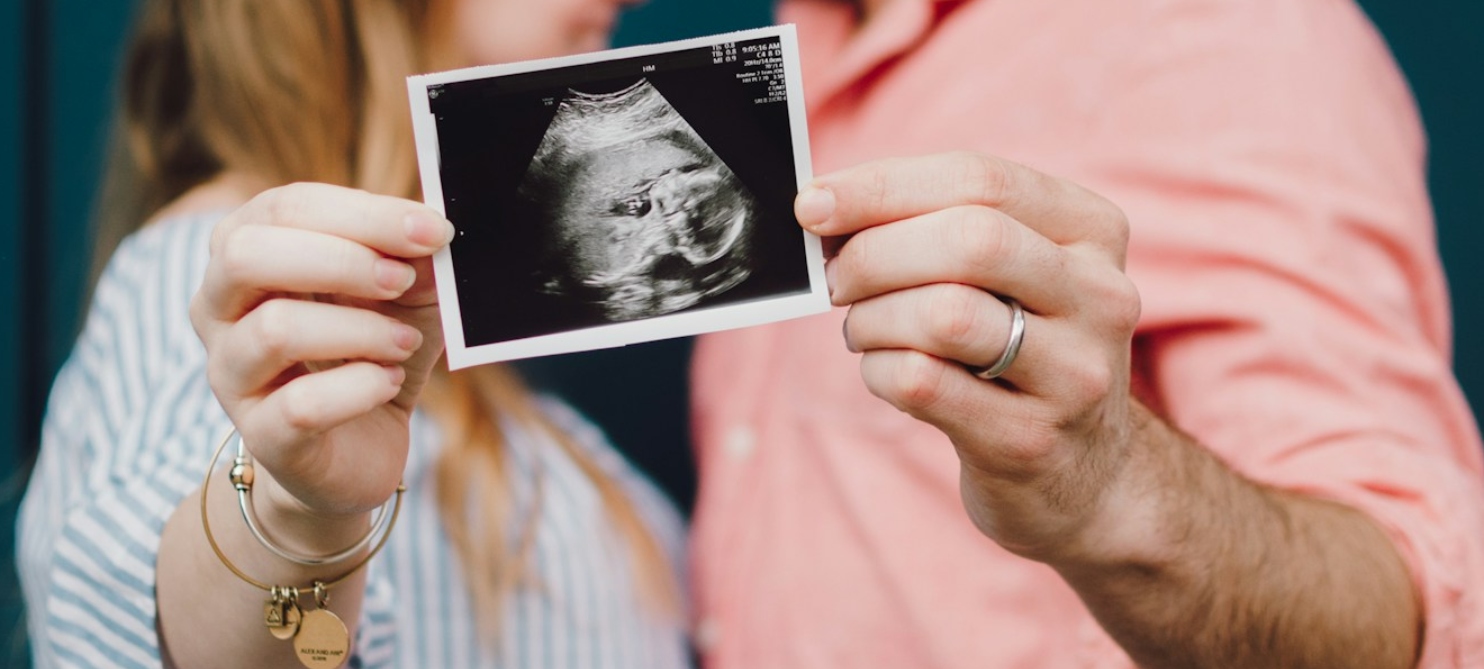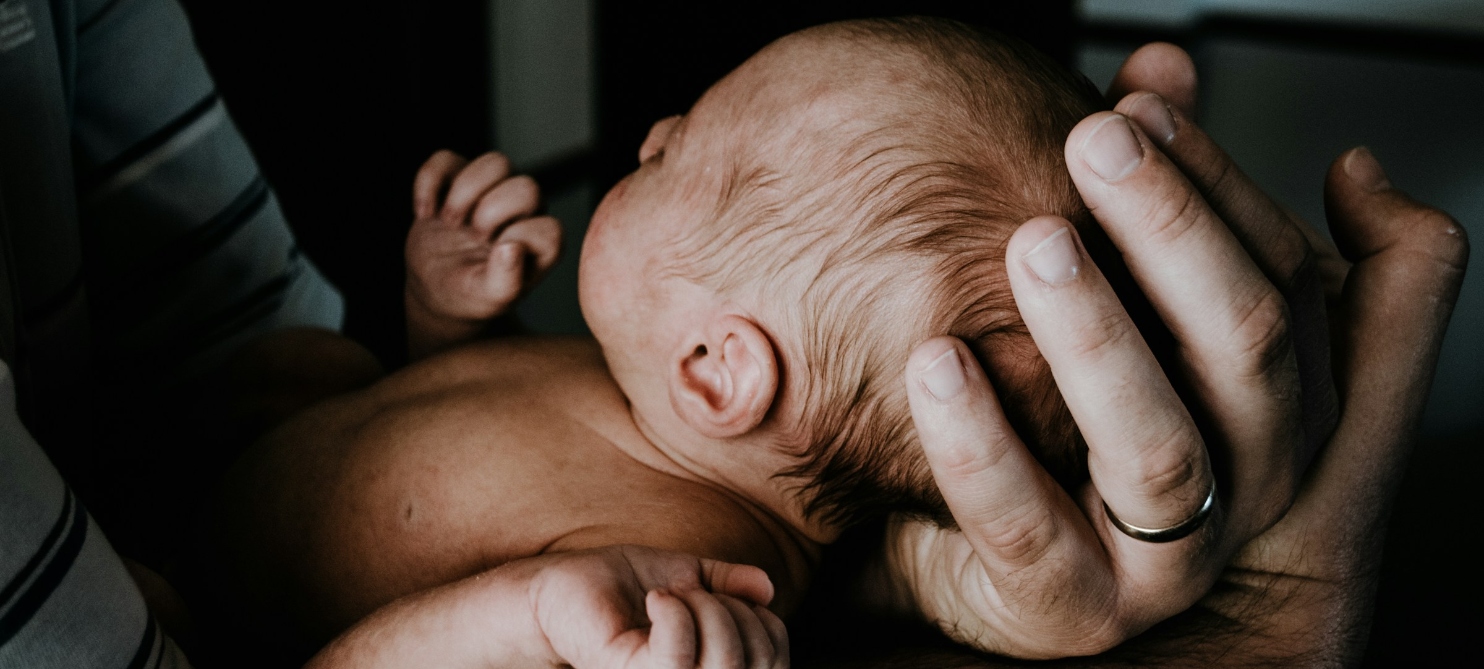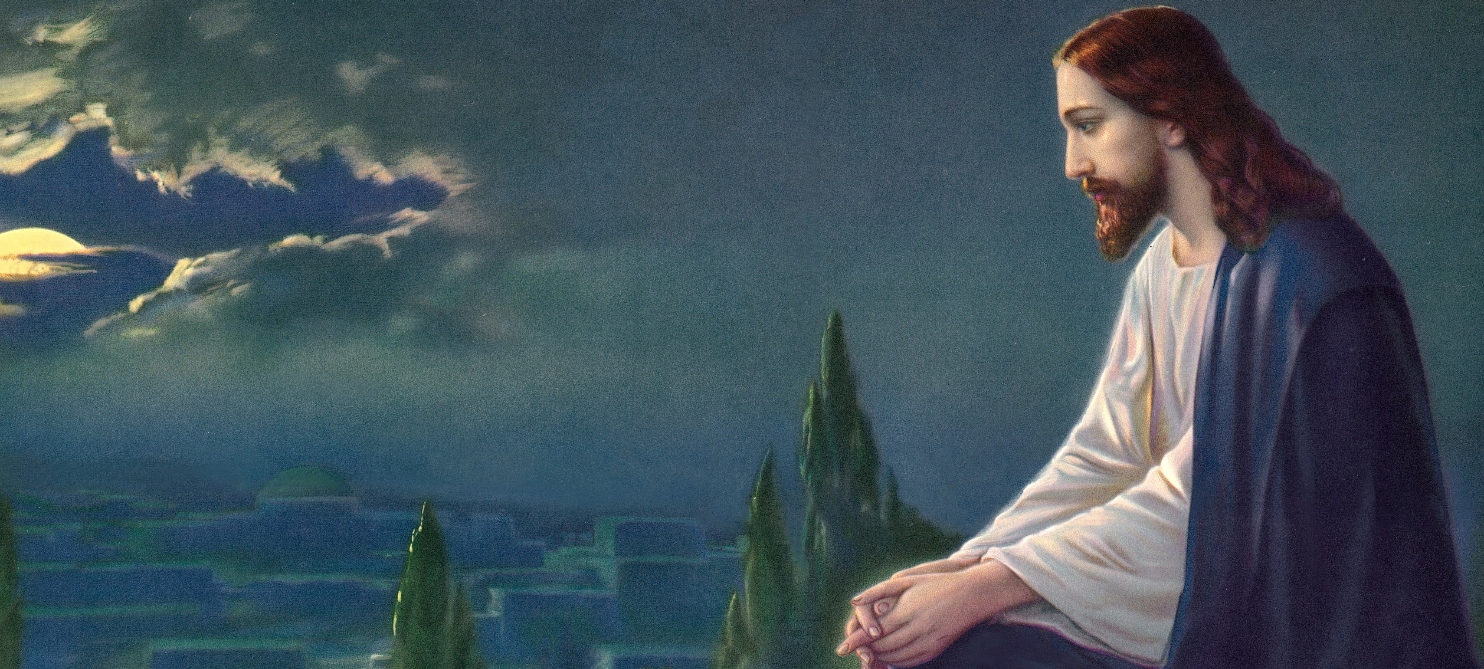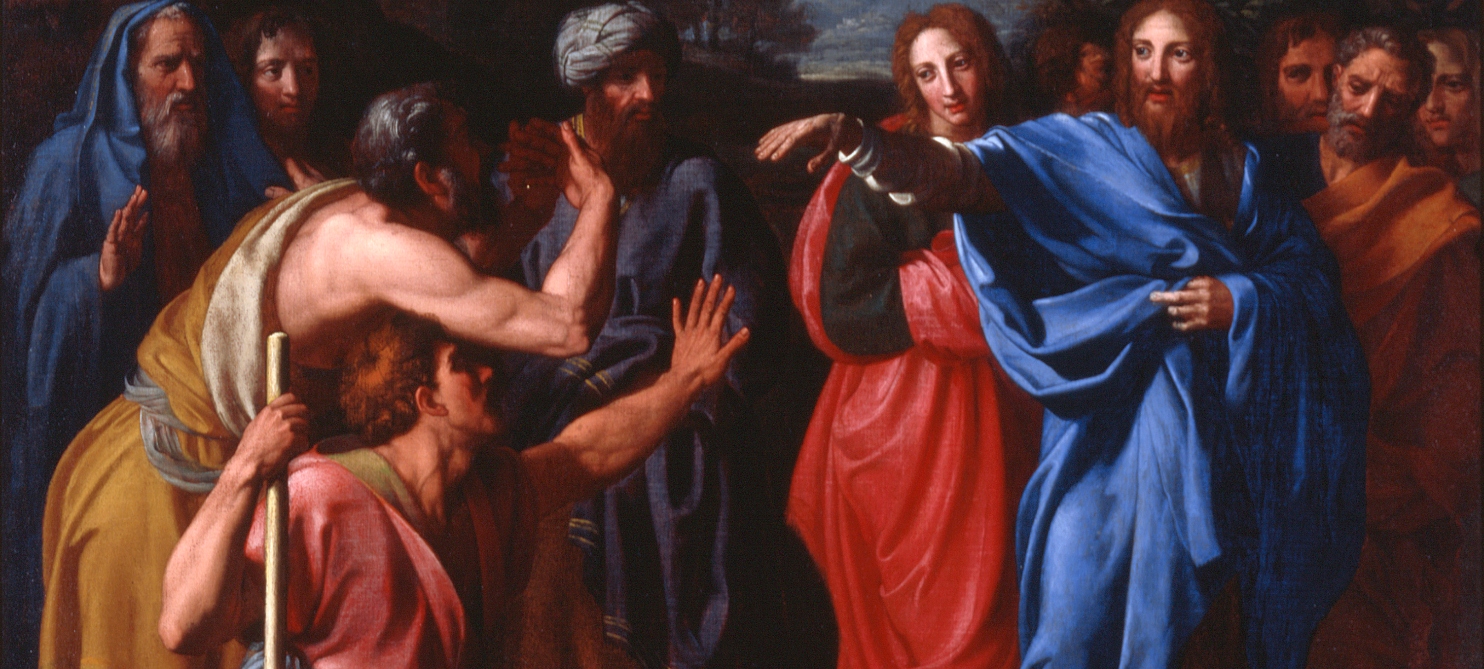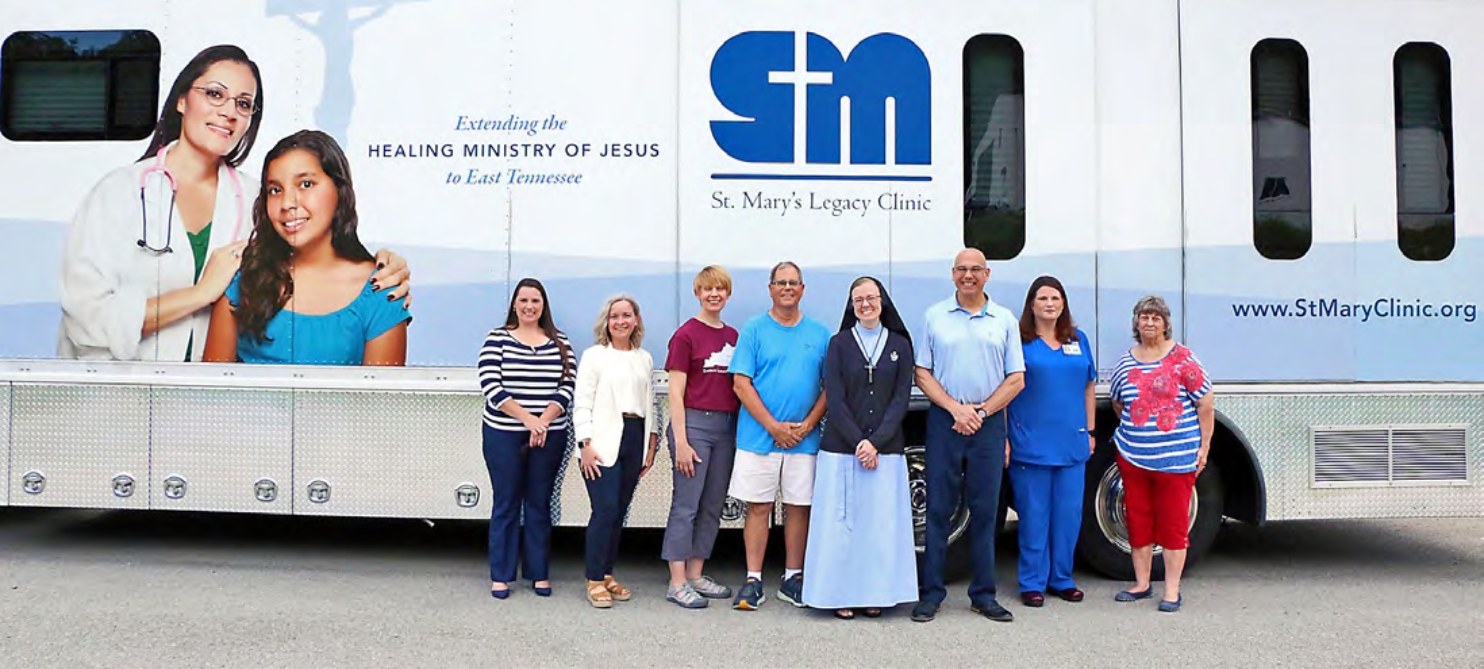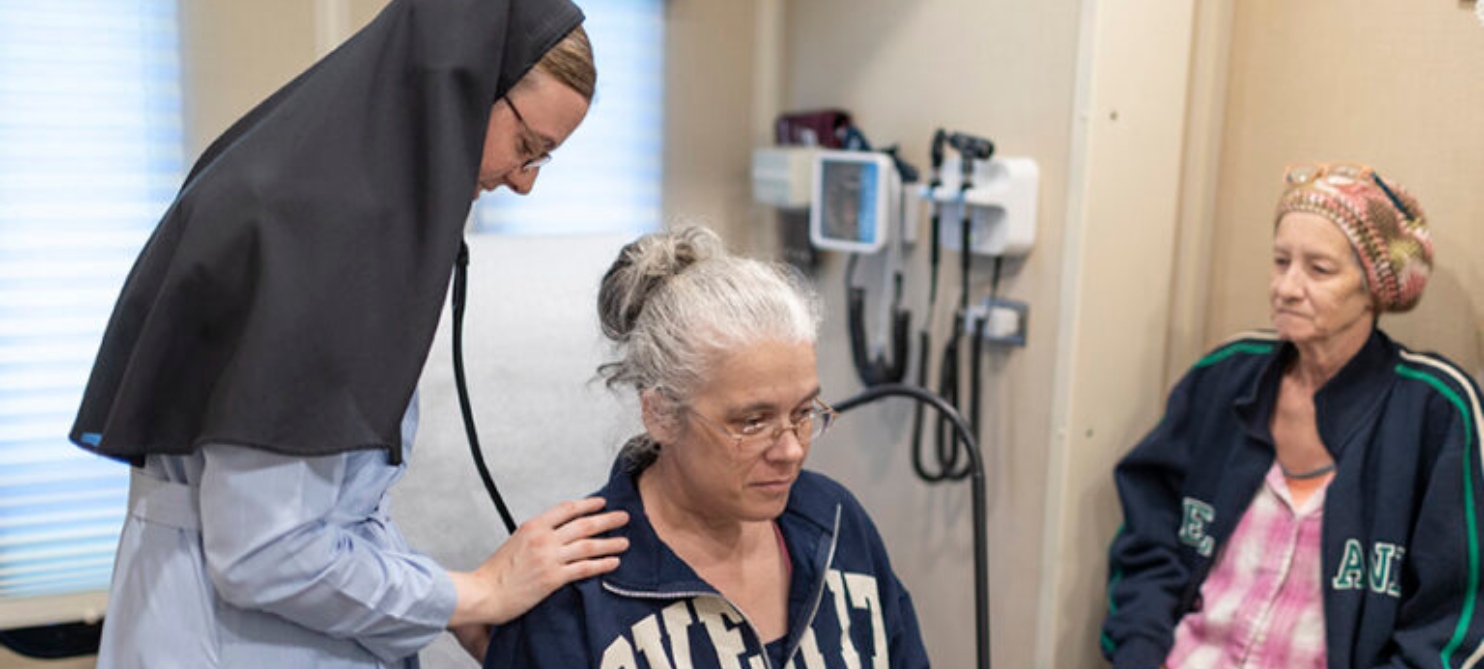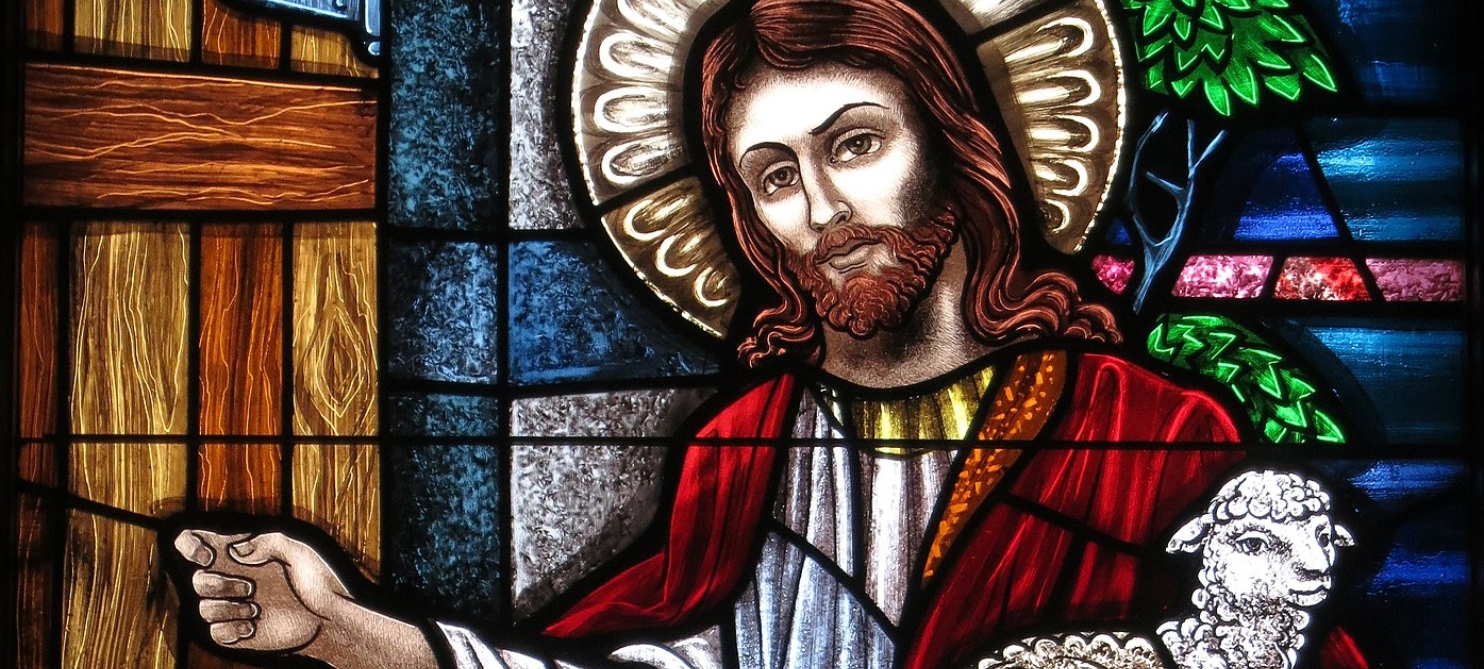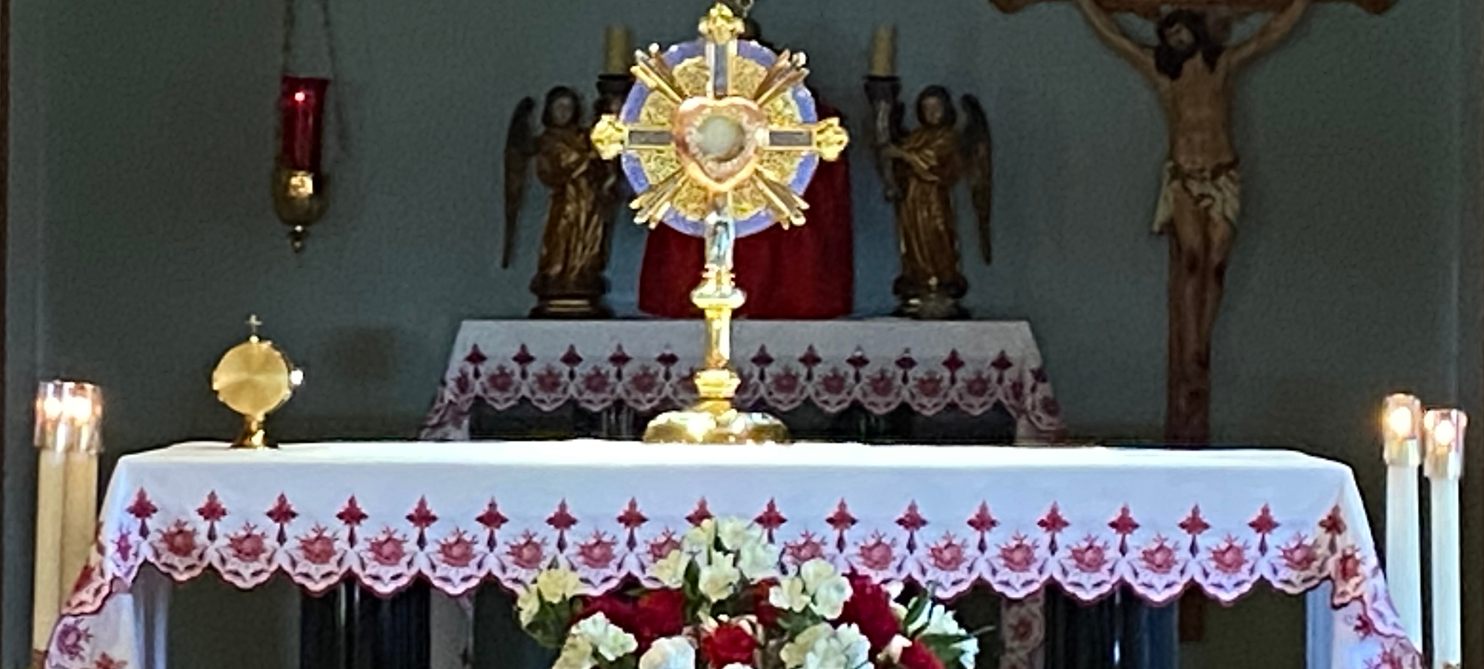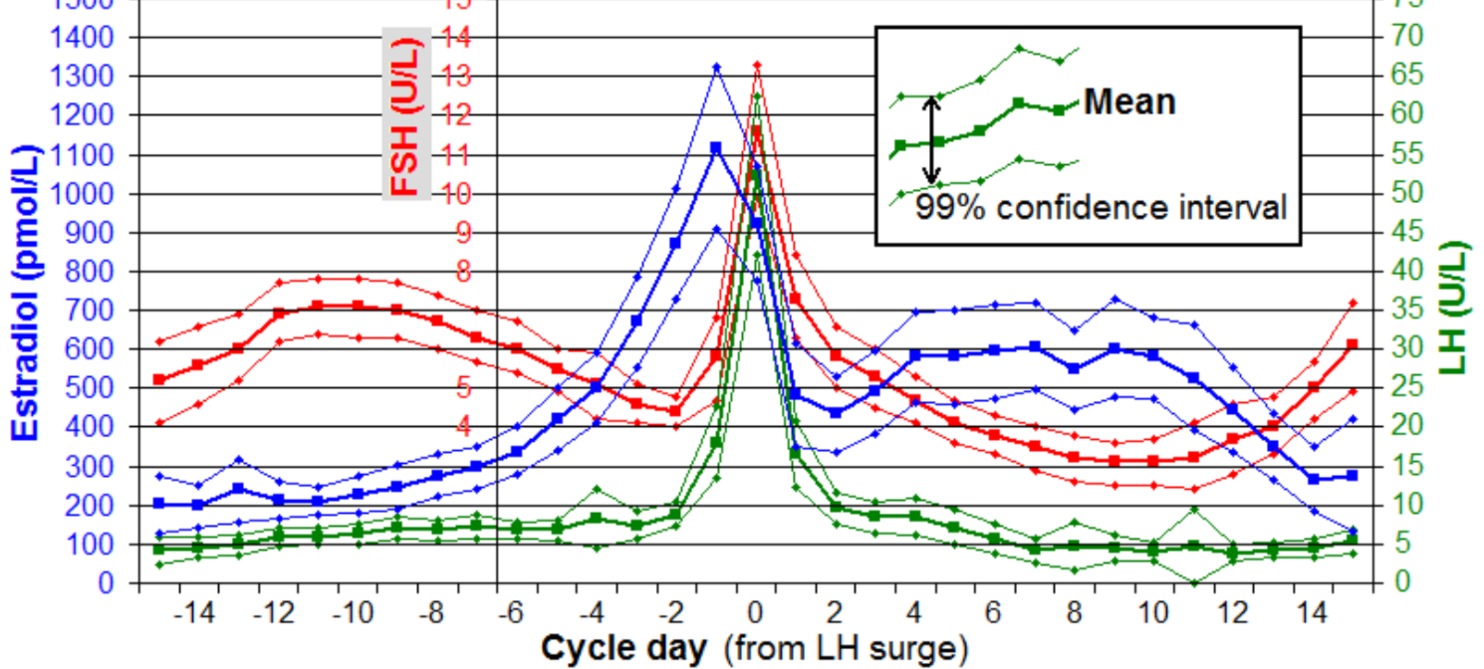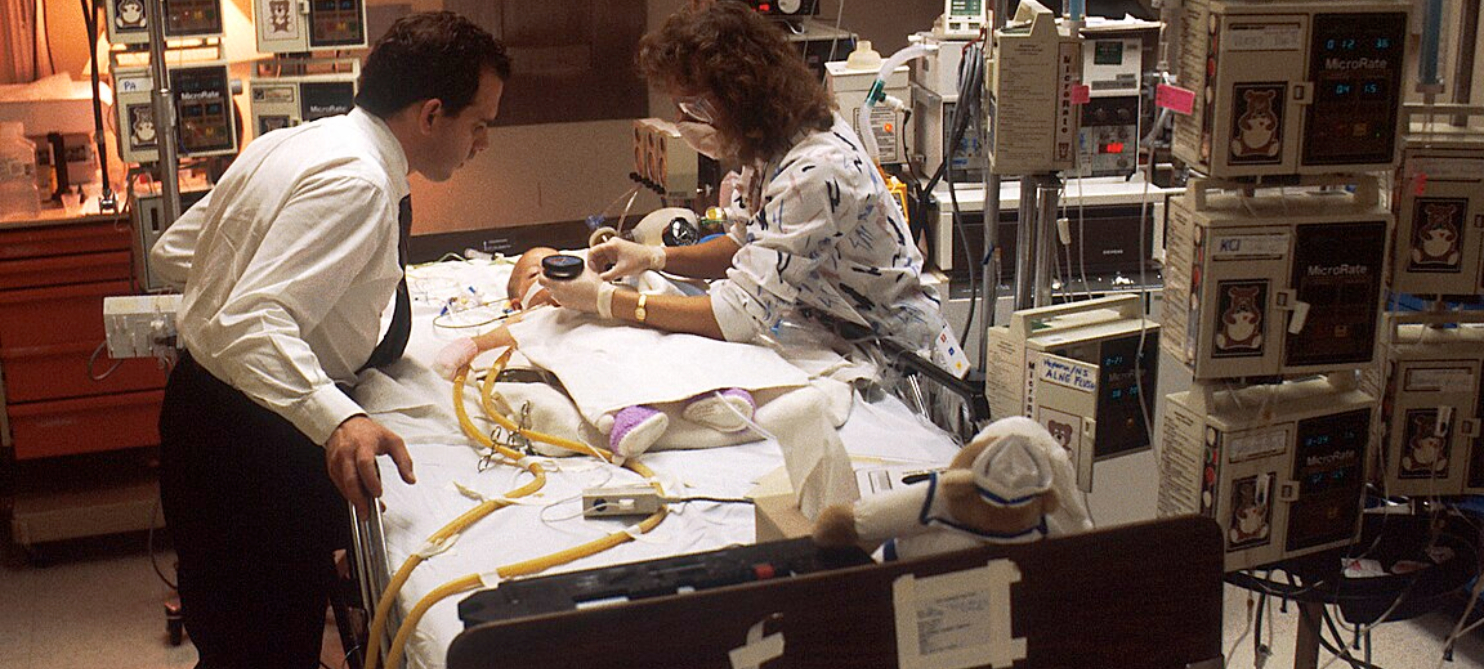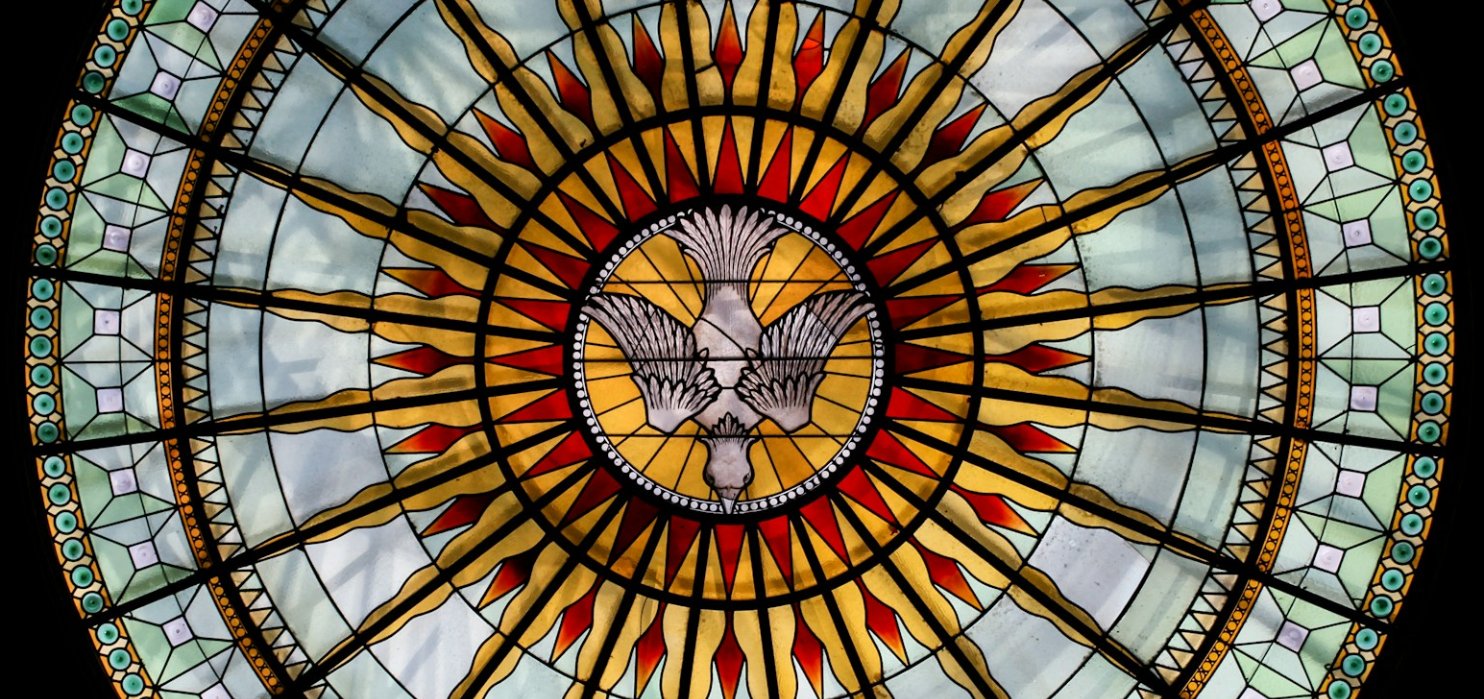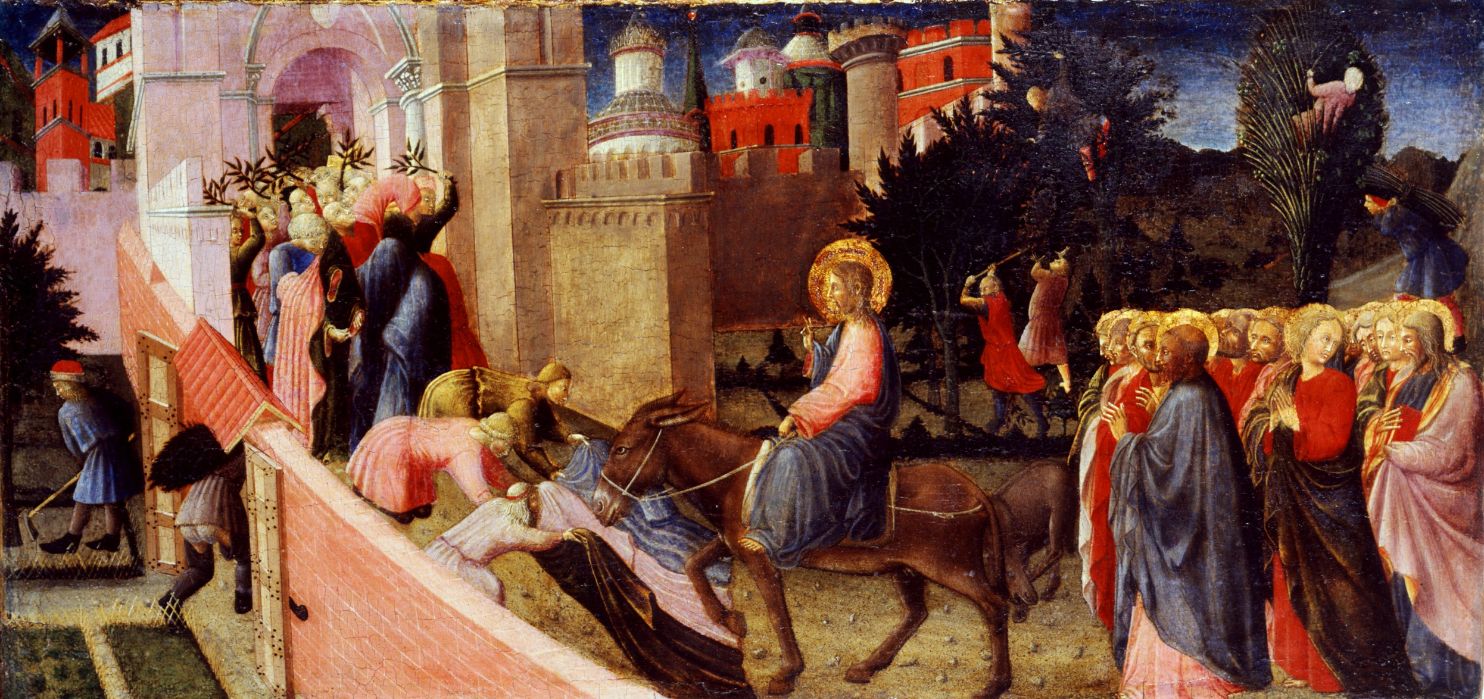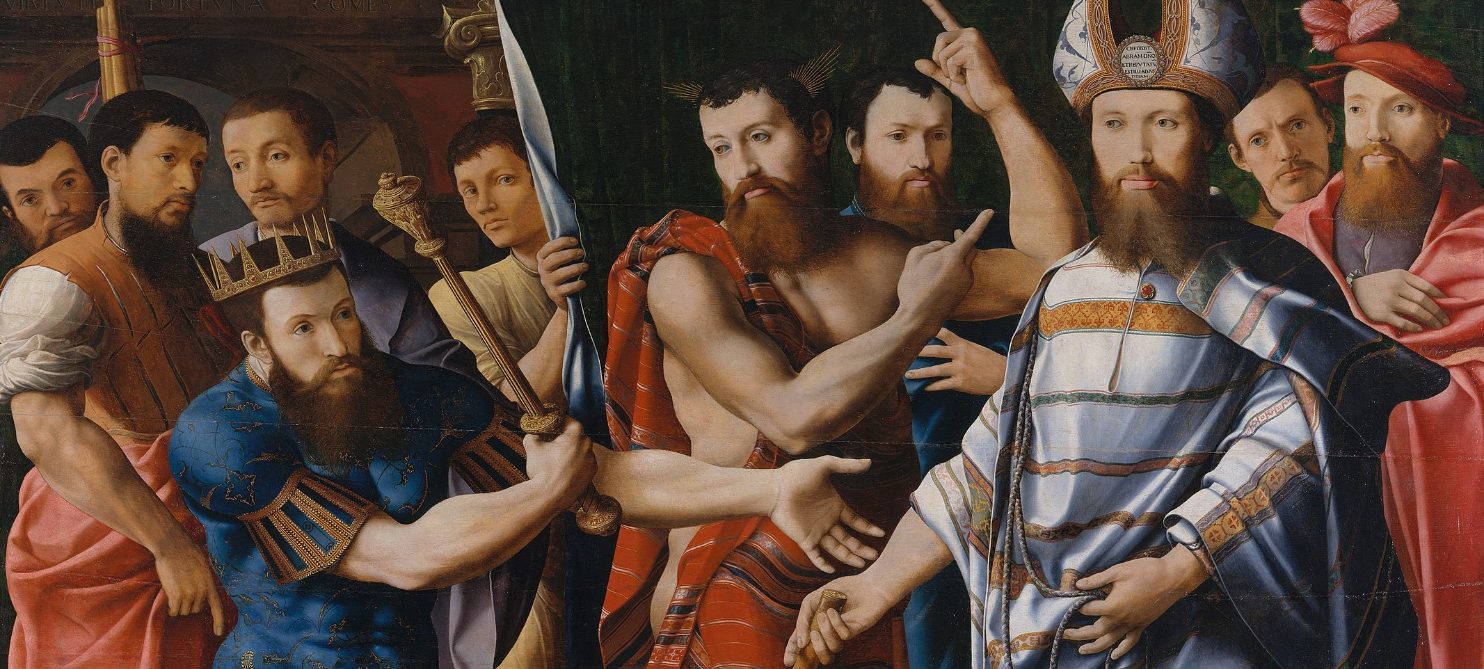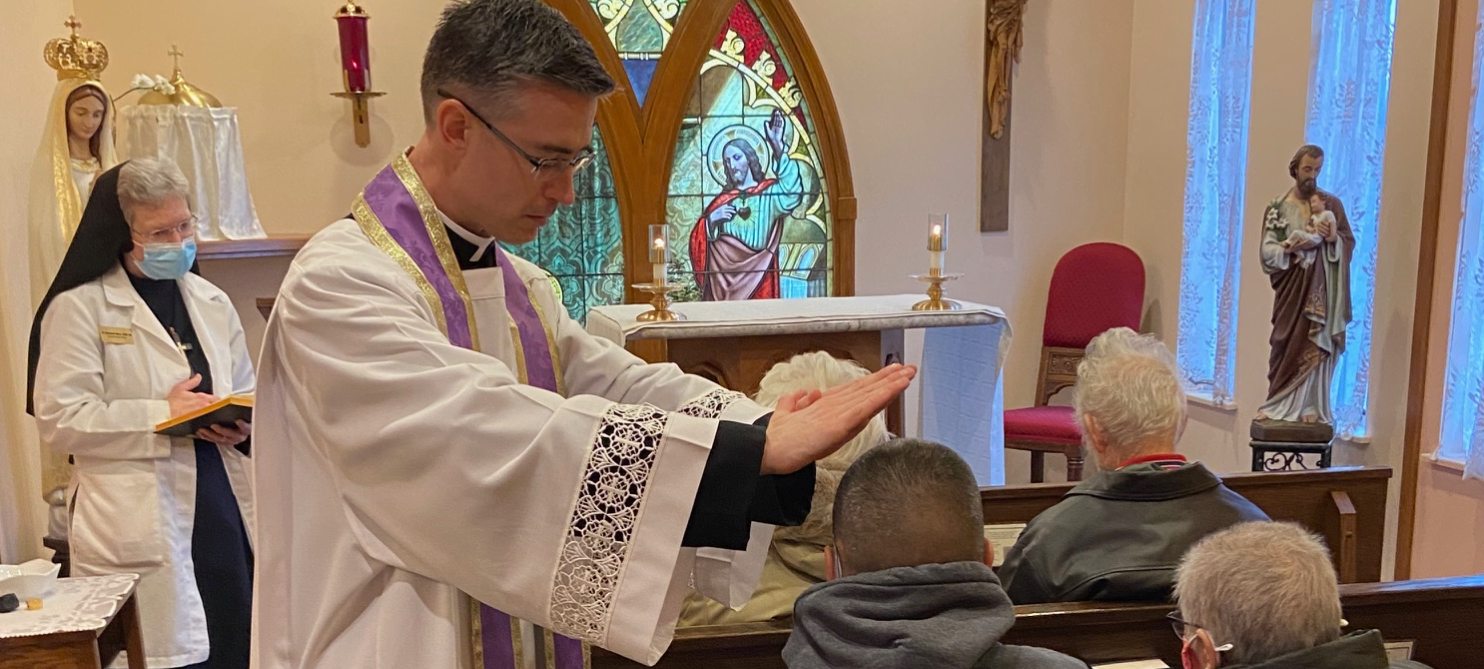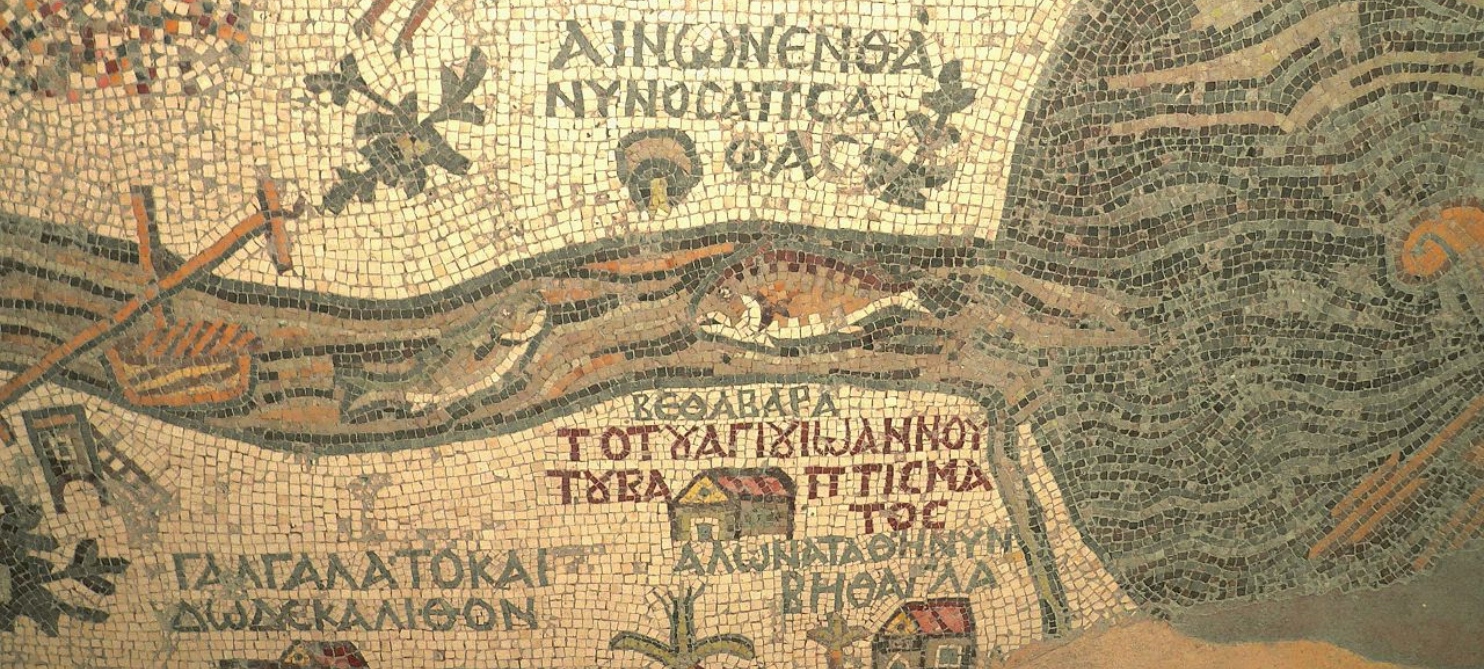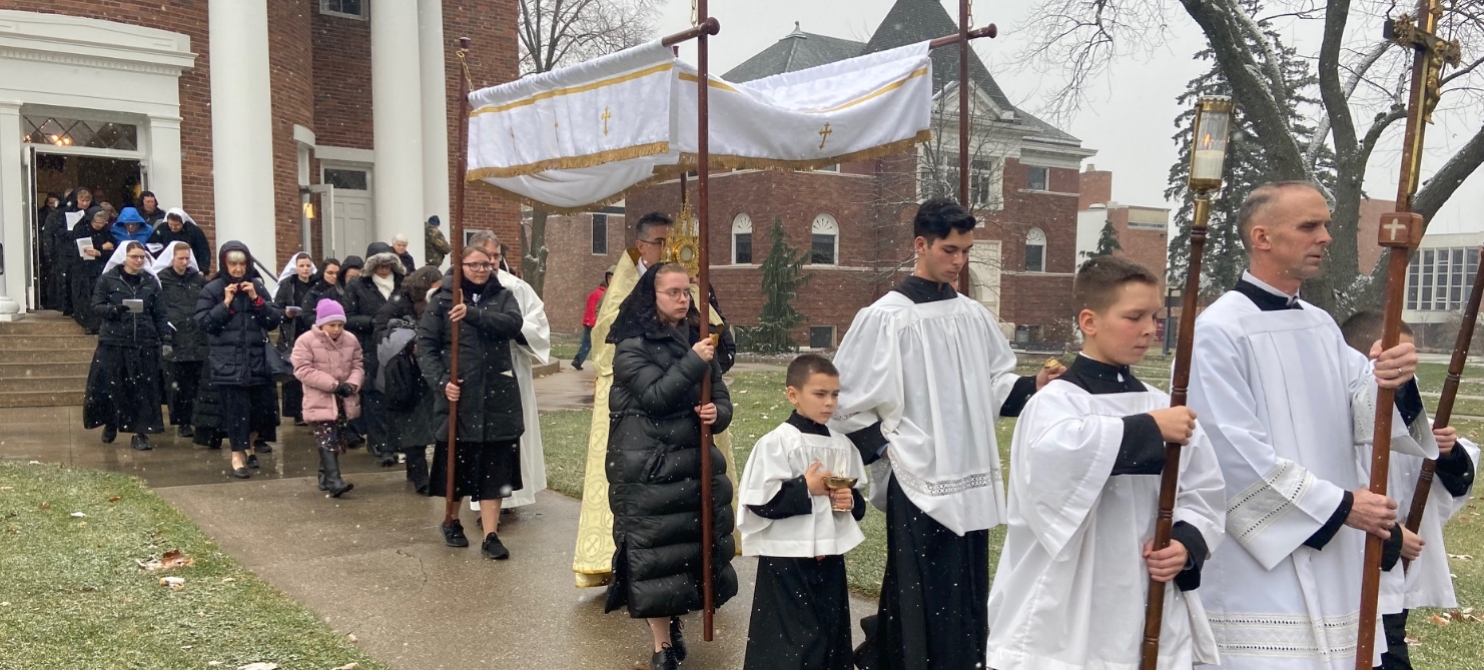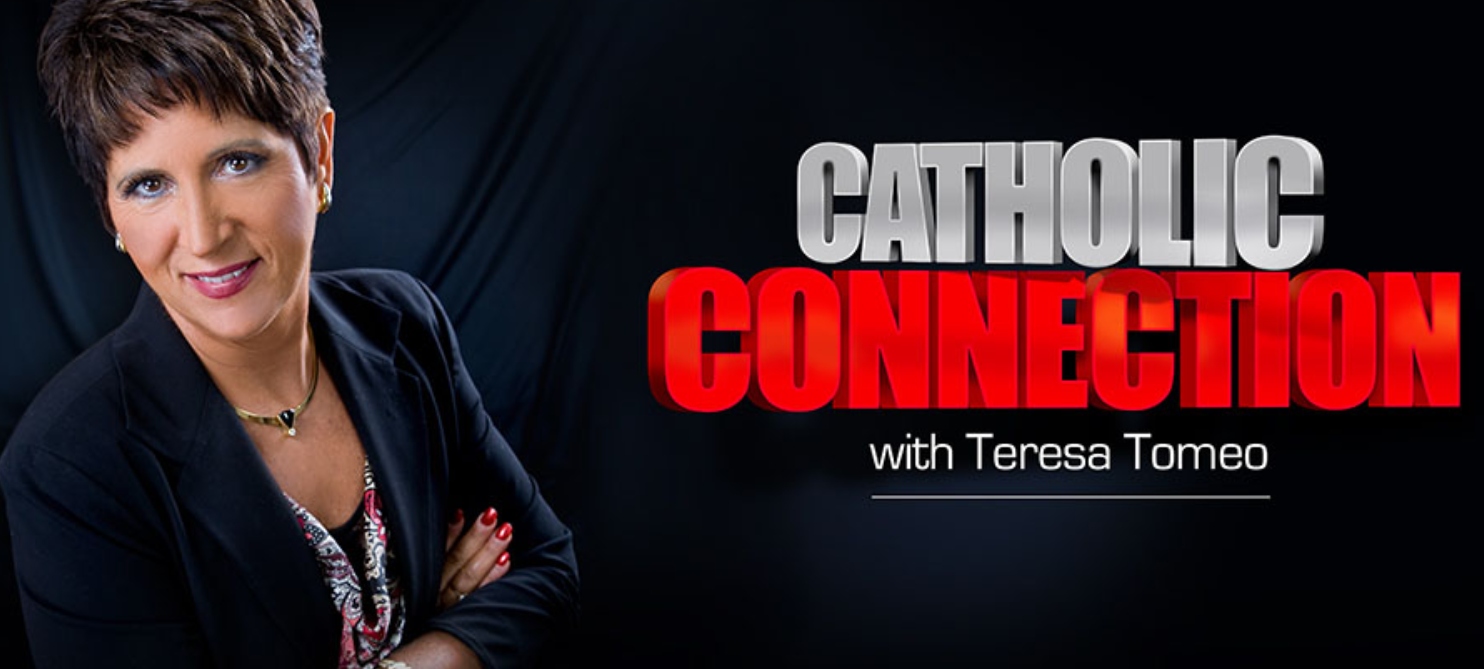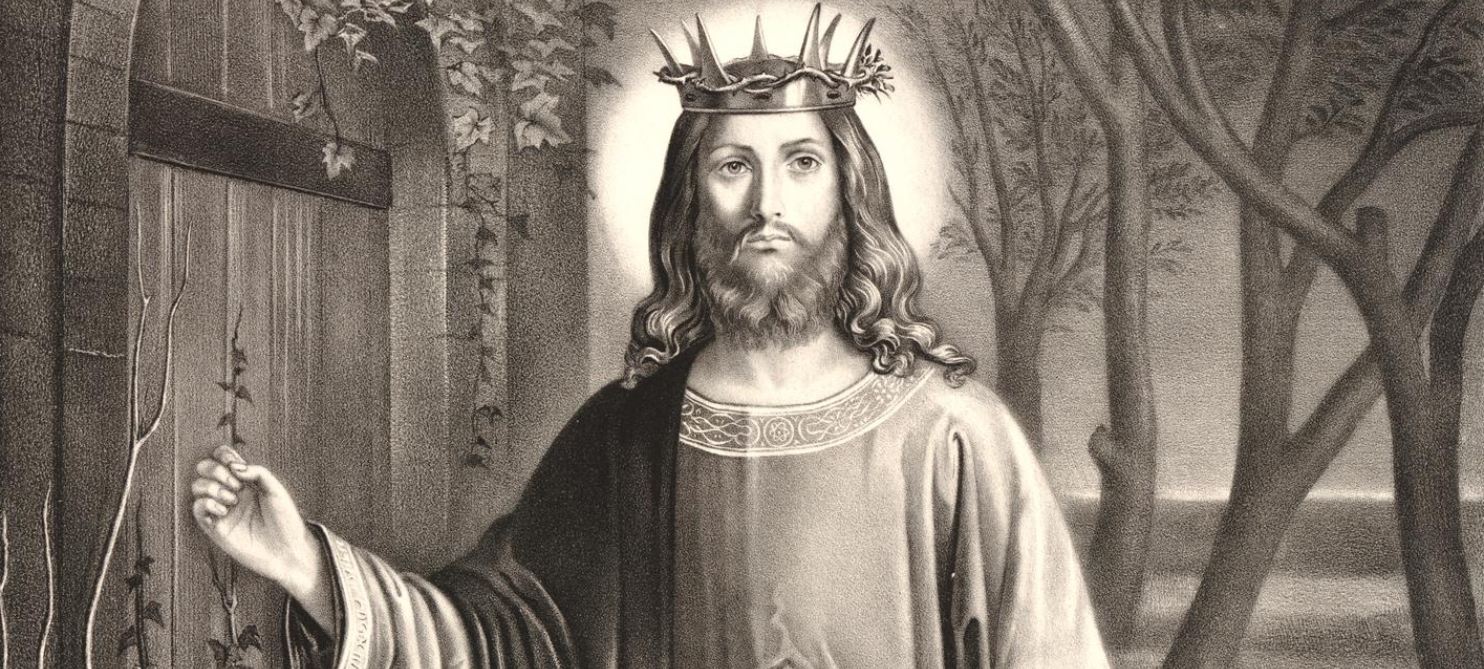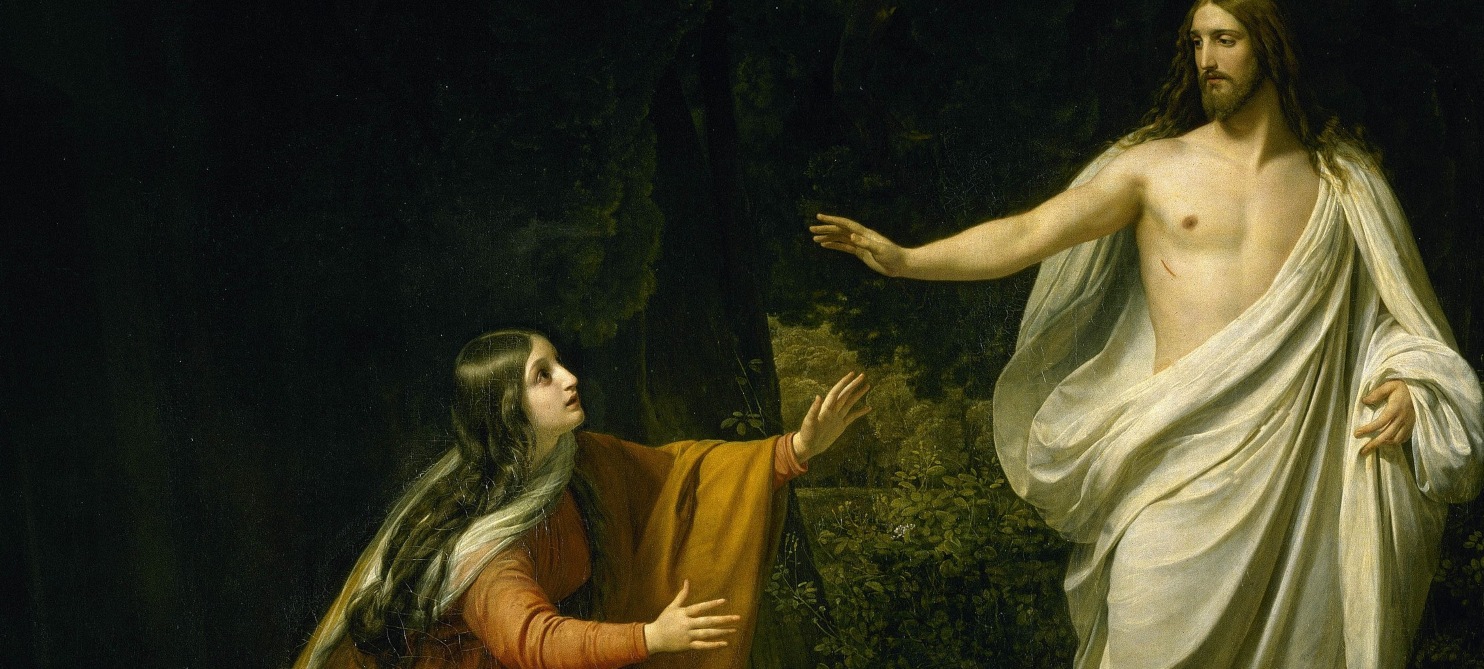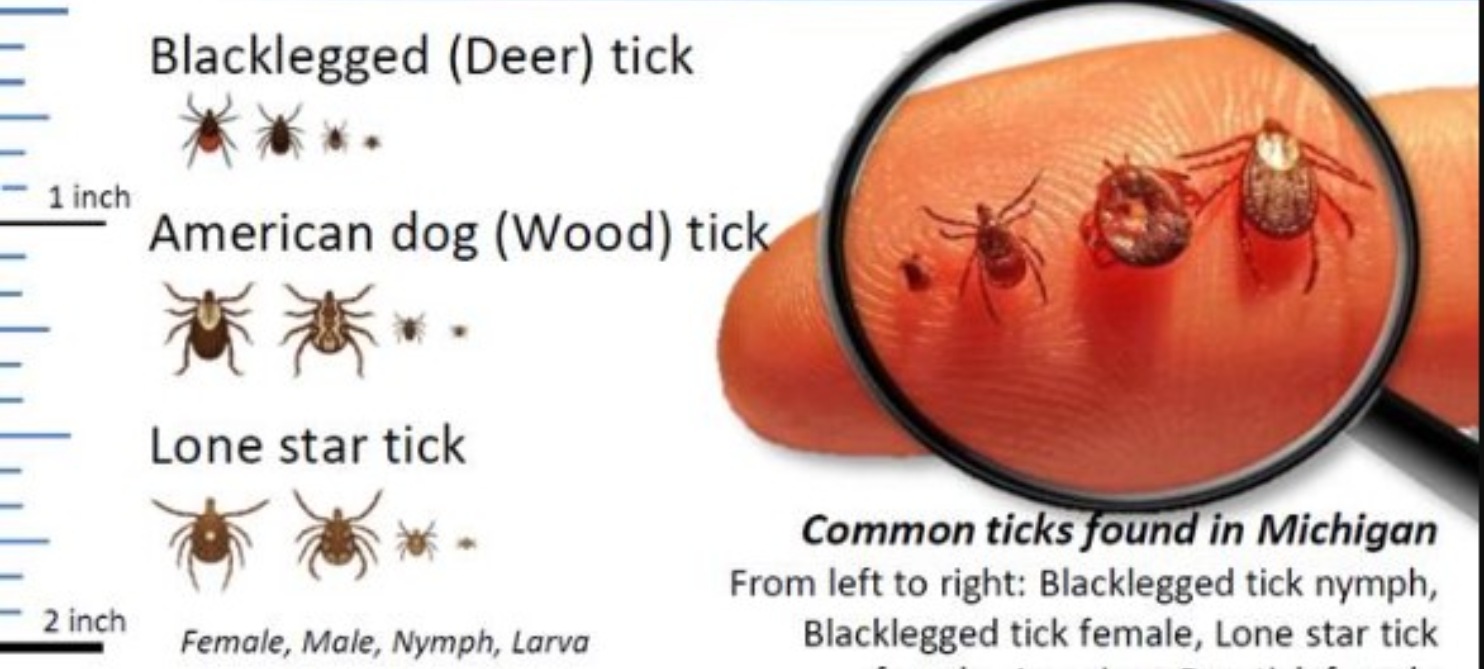May is a month in which we honor our mothers with the celebration with Mother’s Day. In the United States, this is held the second Sunday of May. But for centuries, May has been known as the month of Mary, the Mother of Jesus Christ and our mother. In 2018 Pope Francis placed the memorial of Mary, Mother of the Church into the liturgical calendar to be celebrated each year on the Monday following Pentecost to “encourage the growth of the maternal sense of the Church in the pastors, religious and faithful, as well as a growth of genuine Marian piety.”[i]
For those less familiar with these ideas, let us go back to the very words of Jesus on the cross. He gave Mary to Saint John and said the following, “Woman, behold thy son,” and “Son, behold your Mother.” Inasmuch as Mary is the mother of Jesus Christ, true God and true Man, she is the mother of the whole Christ… Jesus the head, and His Body, the Church. In fact, all of us by virtue of faith and baptism are incorporated into Jesus Christ, that is, made members of His Body. That makes Mary truly our Mother.
Reverend Reginald Garrigou-Lagrange, OP wrote about this special role and mission of Mary:
The sufferings of Mary had an inexhaustible fecundity. She bore indeed the pains of spiritual childbirth when Jesus confided to her the motherhood of our race in the person of St. John: “Son,” said Jesus to John, “behold thy mother,” and to Mary, “Woman, behold thy Son.” Uttered from the height of the cross, these words of our Savior produced, as His sacramental words do, what they signify. They were spoken by the Word made flesh about to die for us yet possessed of the same power as ever to touch and enliven hearts at will. His words created a close spiritual bond between Mary and John, giving Mary a deep and wholly motherly affection for John and all souls ransomed by the sacrifice of the cross, an affection reaching out and enfolding them all…
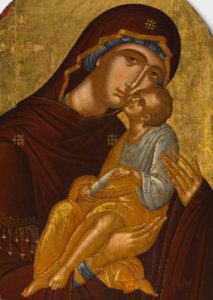
Icon: Mother of God and Infant Christ (Virgin Eleousa) | Angelos Akotantos
In heaven Mary, like her Son, no longer merits, no longer suffers to offer atonement to God for us, but she never ceases praying for us. Of her as of Jesus it can be truly said that she is “always living to make intercession for us.” She prays that we may be accorded all the helps merited by the sacrifice of the cross, and the prayer of the Virgin is an enlightened and universal prayer, for she knows all the graces that we need because she is our Mother and has received from God a universal mission to help us all on the way of salvation. Her prayer is fervent and extends to the last sinner without losing any of its intensity. She is sovereignly good and prays for all men, yet she prays especially for those who offer no resistance to her good inspirations and faithfully recommend themselves to her, looking upon them with particular tenderness, interceding for them more pressingly, more absolutely, until she finally obtains what she asks and brings them safe home to the harbor of salvation.[ii]
This is the theology of the prayer, the Hail Mary, referenced above as “the prayer of the Virgin.”
Explanation of the Hail Mary – Ave Maria | Catechism of the Catholic Church:
This twofold movement of prayer to Mary has found a privileged expression in the Ave Maria:
Hail Mary [or Rejoice, Mary]: the greeting of the angel Gabriel opens this prayer. It is God himself who, through his angel as intermediary, greets Mary. Our prayer dares to take up this greeting to Mary with the regard God had for the lowliness of his humble servant and to exult in the joy he finds in her.
Full of grace, the Lord is with thee: These two phrases of the angel’s greeting shed light on one another. Mary is full of grace because the Lord is with her. The grace with which she is filled is the presence of him who is the source of all grace. “Rejoice … O Daughter of Jerusalem … the Lord your God is in your midst.” Mary, in whom the Lord himself has just made his dwelling, is the daughter of Zion in person, the ark of the covenant, the place where the glory of the Lord dwells. She is “the dwelling of God … with men.” Full of grace, Mary is wholly given over to him who has come to dwell in her and whom she is about to give to the world.
Blessed art thou among women and blessed is the fruit of thy womb, Jesus. After the angel’s greeting, we make Elizabeth’s greeting our own. “Filled with the Holy Spirit,” Elizabeth is the first in the long succession of generations who have called Mary “blessed.” “Blessed is she who believed.” Mary is “blessed among women” because she believed in the fulfillment of the Lord’s word. Abraham. because of his faith, became a blessing for all the nations of the earth. Mary, because of her faith, became the mother of believers, through whom all nations of the earth receive him who is God’s own blessing: Jesus, the “fruit of thy womb.”[iii]
In gratitude for the gift of Our Lady as intercessor and helper, let us pray the Hail Mary:
Hail Mary,
Full of Grace,
The Lord is with thee.
Blessed art thou among women,
and blessed is the fruit
of thy womb, Jesus.
Holy Mary,
Mother of God,
pray for us sinners now,
and at the hour of our death. AMEN.
Want to learn more about Marian devotion in the Church?
Mary, Mother of the Church | Catholic News Herald
Prayer to Mary, Mother of the Church | Aleteia
See this related post:
Akotantos, Angelos. “Icon of the Mother of God and Infant Christ (Virgin Eleousa), 1420.” WikiMedia Commons, January 21, 2019. https://commons.wikimedia.org/wiki/File:Clevelandart_2010.154.jpg.
This type of icon is known as the Virgin Eleousa (Virgin of Tenderness) characterized by the touching cheeks of mother and child in a loving moment. The icon signifies Christ’s incarnation, suffering, and death for the sake of humankind. Three ornamental stars on the Virgin’s cloak are traditional symbols of her chastity; a blue cap covers her hair and protects her modesty. The child wears a pale green tunic and deep orange cloak, both highlighted in gold. The Christ Child holds a scroll tied with a ribbon, a symbol of the Gospels. The icon was painted by the Cretan icon painter Akotantos, the preeminent artistic personality on Crete during the 1400s. This icon is from his period of greatest activity and pre-dates the collapse of Constantinople in 1453. The treatment of the faces and draperies is handled with fluency and skill and reveals Akotantos to be a painter of great talent. Given its large scale, the icon was intended for use within an orthodox church, possibly a monastery, and not for a private home.
[i] Kosloski , Philip Kosloski. “Prayer to Mary, Mother of the Church.” Aleteia, May 24, 2021. https://aleteia.org/2021/05/24/prayer-to-mary-mother-of-the-church/.
[ii] Garrigou-Lagrange, Reverend Reginald, and Sister Jeanne Marie. “Mary, Model of the Life of Reparation.” Essay. In The Love of God and the Cross of Jesus II, II:361–62. London: Herder, 1951.
NB: The whole chapter of Mary, model of the life of reparation, with it articles on Mary Mediatrix and the Grace of Final Perseverance and the Mystery of Mary’s Sorrows can be found on the Internet Archive beginning on page 347 at https://archive.org/details/Garrigou-LagrangeEnglish/Love%20of%20God%20and%20the%20Cross%20of%20Jesus%20%28vol.%202%29%20-%20Garrigou-Lagrange%2C%20Reginald%2C%20O.P_/page/344/mode/2up?q=361
[iii] “Catechism of the Catholic Church, #2676.” Catechism of the Catholic Church | Catholic Culture. Accessed May 20, 2021. https://www.catholicculture.org/culture/library/catechism/index.cfm?recnum=6902.
Posted for Mary, Mother of the Church | May, 24, 2021
